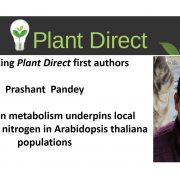
Recognizing Plant Direct authors: Prashant Pandey
Plant Direct, Plant Direct: Author ProfilesPrashant Pandey, co-first author of Plasticity in metabolism underpins local responses to nitrogen in Arabidopsis thaliana populations
Current Position: Assistant Research Officer, The National Research Council of Canada, Saskatoon
Education: Ph. D. at Max Planck Institute of Molecular Plant Physiology,…
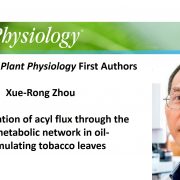
Recognizing Plant Physiology authors: Xue-Rong Zhou
Plant Physiology, Plant Physiology: Author ProfilesXue-Rong Zhou, first author of Reorganization of acyl flux through the lipid metabolic network in oil-accumulating tobacco leaves
Current Position: Senior Principal Research Scientist
Education: Ph.D. in Plant Molecular Virology, Chinese Academy of Sciences, China; M.Sc. in Molecular Genetics, Shanghai…
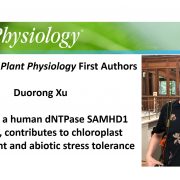
Recognizing Plant Physiology authors: Duorong Xu
Plant Physiology, Plant Physiology: Author ProfilesDuorong Xu, first author of VENOSA4, a human dNTPase SAMHD1 homolog, contributes to chloroplast development and abiotic stress tolerance
Current Position: PhD candidate in the group of PD Dr. Tatjana Kleine, Leister lab, Ludwig-Maximilians-University of Munich, Germany
Education: M.S. in Cell Biology,…
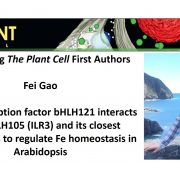
Recognizing Plant Cell authors: Fei Gao
The Plant Cell, The Plant Cell: Author ProfilesFei Gao, first author of The transcription factor bHLH121 interacts with bHLH105 (ILR3) and its closest homologues to regulate Fe homeostasis in Arabidopsis
Current Position: Ph.D. student in the lab of Dr. Christian Dubos at BPMP, INRA, CNRS, SupAgro, Univ Montpellier, Montpellier, France
Education:…
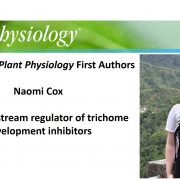
Recognizing Plant Physiology first authors: Naomi Cox
Plant Physiology, Plant Physiology: Author ProfilesNaomi Cox, first author of A novel upstream regulator of trichome development inhibitors
Current Position: PhD Candidate in Plant Molecular Biology at the University of Sheffield, UK and Visiting PhD Scholar at the International Rice Research Institute (IRRI), The Philippines
Education: MBiolSci…
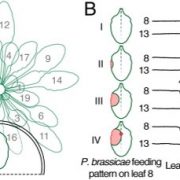
Insect-damaged Arabidopsis moves like wounded Mimosa pudica (PNAS)
Plant Science Research WeeklyStroking leaves of the sensitive plant Mimosa pudica causes them to fold inwards, but when touched more aggressively the leaf petioles and petioles of distal untouched leaves collapse dramatically downwards (as seen in this video); the propagating electrical signal is called the slow wave potential.…
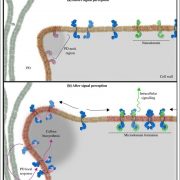
Review. Dare to change, the dynamics behind plasmodesmata-mediated cell-to-cell communication (COPB)
Plant Science Research WeeklyA new review by Petit et al. skillfully highlights the role of plasmodesmata at the interface between cell biology and whole-plant physiology. These tiny channels that connect plant cells determine what moves from cell-to-cell symplastically, so have roles in just about everything, from developmental…
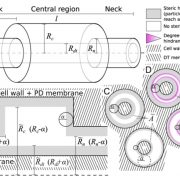
From plasmodesma geometry to effective symplasmic permeability through biophysical modelling (eLIFE)
Plant Science Research WeeklyPlasmodesmata are tiny regulated channels that connect adjacent plant cells through which nutrients, signaling molecules and viruses can move. To try to resolve discrepancies between functional and structural studies, Deinum et al. have developed a model for plasmodesmatal permeability that predicts…

Primer: Rhynie chert ($) (Curr. Biol.)
Plant Science Research WeeklyThis short Primer by Strullu-Derrien et al. introduces the amazing early vascular plant fossils from the Rhynie chert. The fossils' high level of detail is a consequence of their being embedded in a glass-like silica matrix, possibly derived from hydrothermal springs. The fossils are approximately 407…

